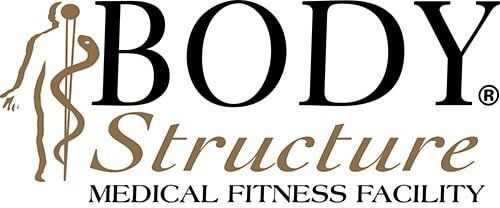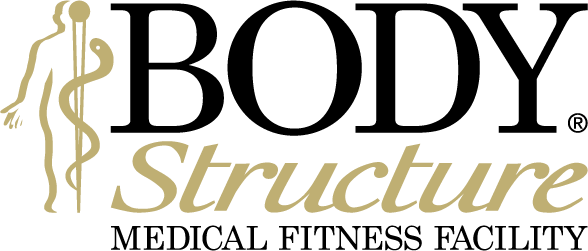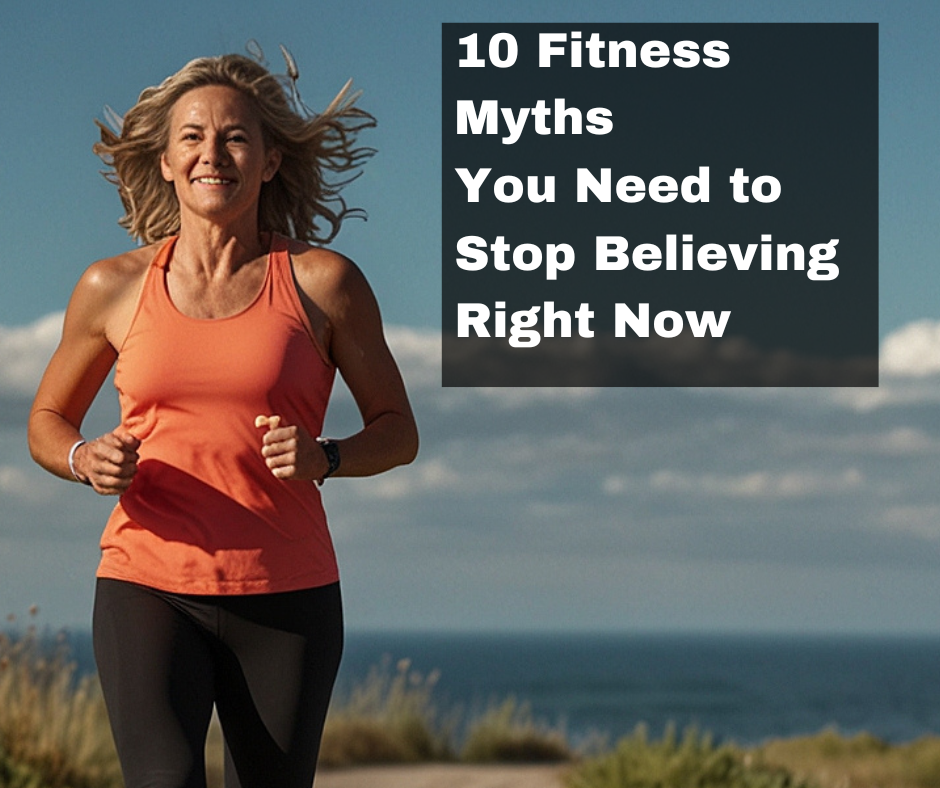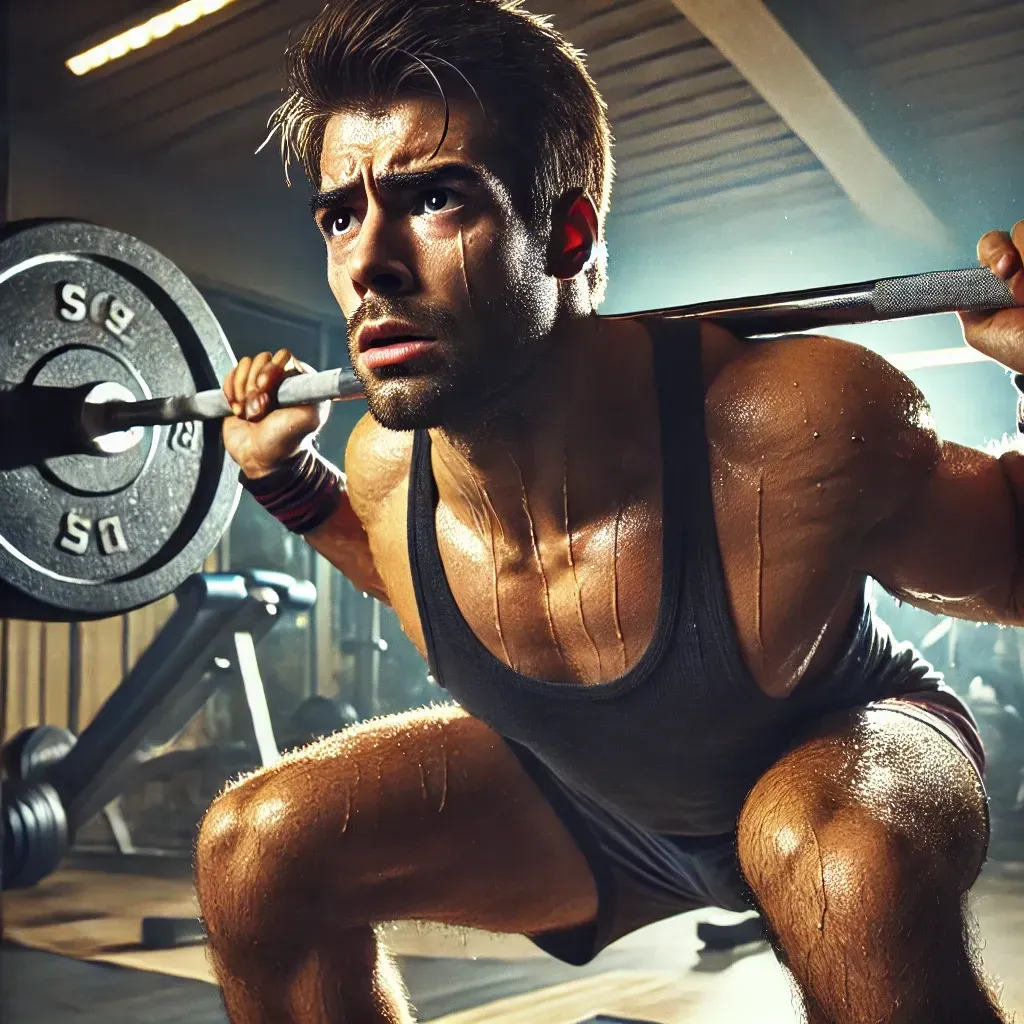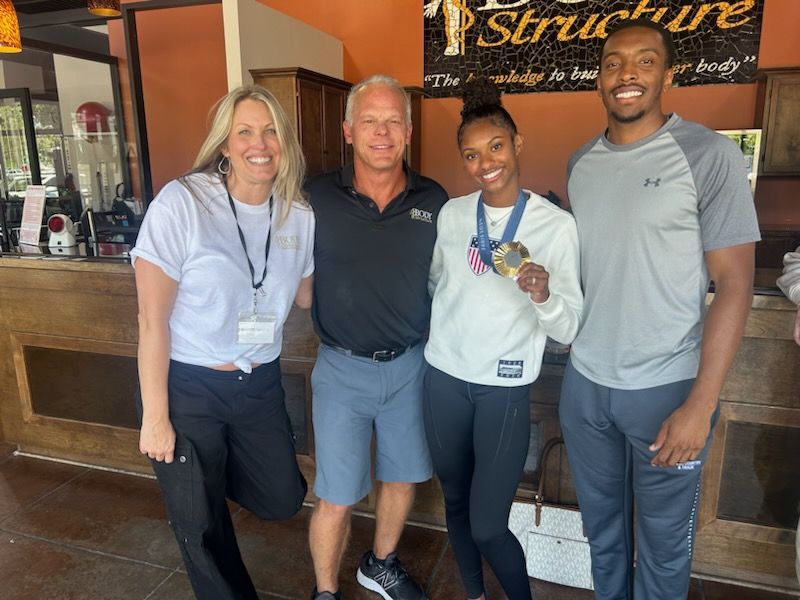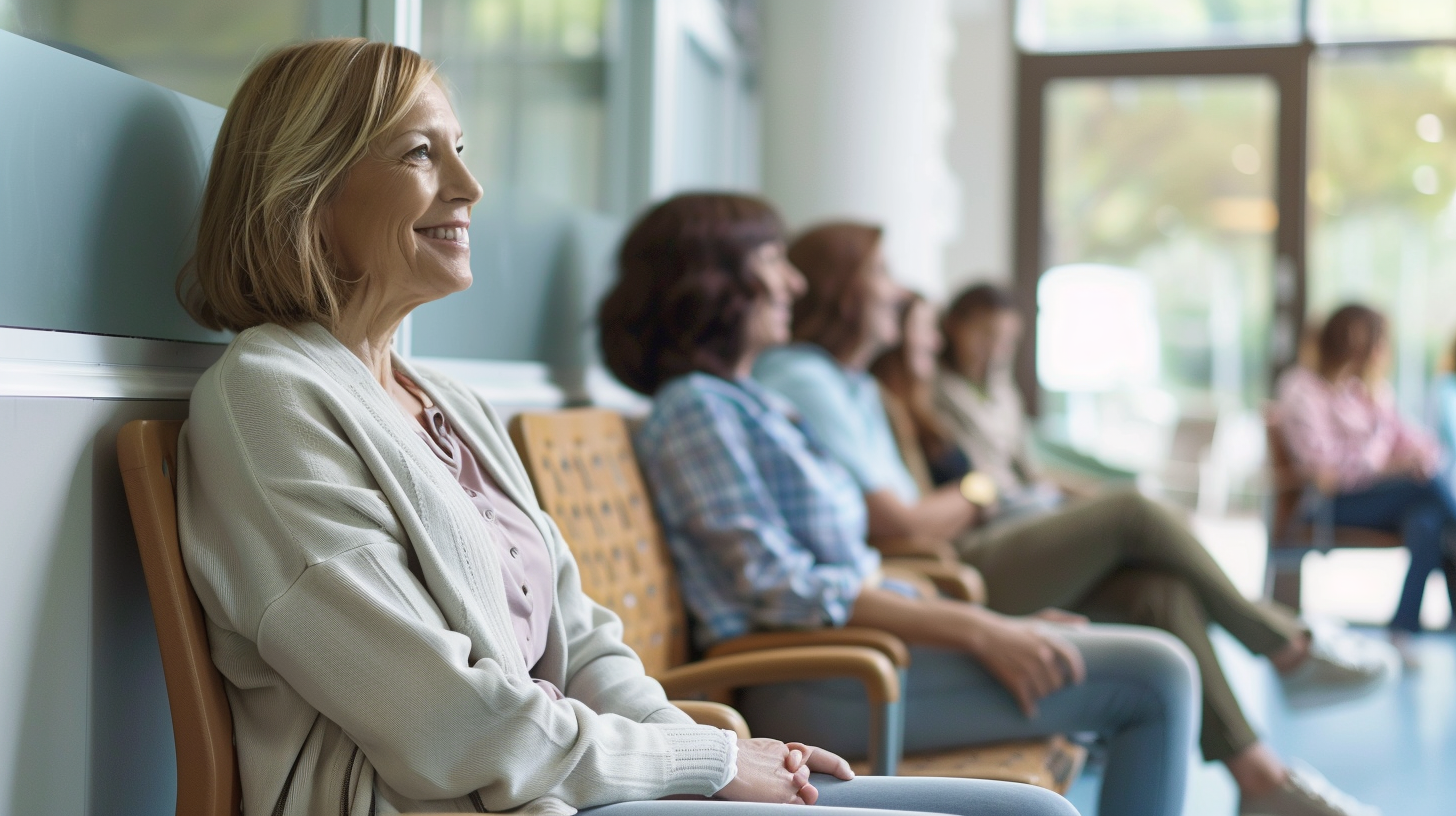THE TRUTH ABOUT OLDER ADULTS AND FITNESS
Jules Renard once said, “It’s not how old you are, it’s how you are old”. In a society that includes both powerlifting grandmothers and 35-year-olds who take the elevator up one flight of stairs, becoming “old” seems less and less a factor of birth date and more one of lifestyle.
An abundance of evidence
links an increase in physical activity with an increase in quality of life in everyone old enough to be either out of diapers or back into them, and yet the group that needs exercise the most –those of us over 65- are the least likely to get it.
While any exercise is better than no exercise, some myths surrounding fitness and weight training for older adults may be in need of busting in order for the baby boomers in your life to get the most out of their fitness program.
Myth: Older adults should stick to light weights when strength training.
There is reputable evidence
to support the notion that light weights performed for many repetitions can be as effective as heavy weights for building muscle. So, it stands to reason that the elderly should stick with light weights to minimize the risk of injury while obtaining all the benefits of strength training, right?
Well, not exactly. While building muscle mass is certainly important, building bone mass
is equally so. And according to this column
penned by Rory Heath of strengthandconditioningresearch.com, light and moderate weights might not have much positive impact on building bone density, at least past a very low baseline. The same goes for low-intensity, low impact activities such as walking and cycling, the two staple recommendations for exercise for older adults. While these modalities certianly have their benefits, building bone mineral density and staving off osteoporosis may not be one of them.
Heavy weights, on the other hand, do build bone. Specifically, heavy weights and axial loading offer the most benefits. Rory writes that “just 12 weeks of strength training with squats improved strength by 154% while also increasing lumbar spine and femoral neck bone mineral density by 2.9% and 4.9%, respectively (Mosti et al. 2013)” The femoral neck is a common site of hip fractures in older adults, and strengthening the bone itself may reduce the likelihood of an injury that could put an end to them living unassisted. He also states that only heavy weights resulted in increases in bone density. It seems that bone has a higher minimum effective strain for building more tissue than does muscle, and heavy weights should be intelligently incorporated into one’s exercise regime for that reason.
Myth: Power training is for athletes, and is too dangerous for older adults.
“Power training” is all about producing a lot of force as quickly as possible. It’s extremely beneficial for athletes of all sports, who rarely need to do anything slowly. Often, it involves throwing heavy medicine balls against a wall until one of them (the ball or the wall) breaks, or loading up a ton of weight on a barbell and launching it overhead, before letting it fall to the floor with a loud crash.
That’s all well and good for a kid trying to make it into the big leagues, but there’s no sense in a grandmother training for power, right?
Wrong, turns out. Power is important not only for knocking over defensive linemen, but also for going up stairs or catching a rail after an unexpected trip.
According to this study
in the Journal of Gerontology, older adults with below average strength
were subjected to either a normal strength training protocol, which consisted of a standard machine circuit, or a power training circuit, which started out like the strength training group but then shifted focus on reducing the weights and moving them faster…power training, in other words. After 6 months, both groups fared better than a sedentary control group on a test of functional household activities, but the power training group performed far better. Power, it seems, is more important than just strength when it comes to older adults looking to live independently.
What would power training for an older person look like? Power training doesn’t necessarily have to be high impact; things like medicine ball throws and kettle bells swings, when performed correctly, don’t put unnecessary stress on the joints and still elicit the desired power training effect. Another, perhaps simpler option, is just perform standard weight training exercises and machines at a higher speed, and with a lower weight if needed.
Myth: Protein shakes are for young bodybuilders.
This myth could be further expanded into: you don’t really
need to pay attention to your protein intake unless you’re trying to look like Arnold Schwarzenegger. Many people want to build muscle for aesthetic reasons, but muscle mass is an important part of a healthy body composition and can help maintain a favorable metabolism as the years come and go. And while even bodybuilders often don’t need to consume 10 scoops of expensive protein powder a day (like the website they bought it from told them they do), there is a major benefit to consuming a source of protein and carbs after a workout. A combination of resistance training, protein ingestion, and insulin uptake (brought about by carbohydrate consumption) bring about an elevated level of protein synthesis that is conducive to building muscle.
According to this article discussing the affects of aging on protein synthesis
,
older adults actually need more
protein after a workout to most effectively build muscle than does that young guy at your gym who cut off the sleeves to all his shirts. Young’uns can get away with as little as 5 to 10 grams of protein following resistance training to stimulate muscle protein synthesis, but studies suggest that older athletes and weight-trainers need 25 to 30 grams of a high quality protein rich in leucine to get the same effect.
You can see a chart of foods high in leucine here
, or you can do a bit of research to find a protein powder with adequate amounts of the stuff to drink on the drive home. Either way, pair it with a source of carbohydrate (this is a great time of day to have some fruit or even a “cheat” snack of sugar) and consume it within about an hour of finishing your workout.
Myth: Older adults should stay off the floor to be safe.
Some people, especially people past retirement age, have orthopedic or balance issues that make getting up and down off the floor a challenge. Especially if alone, for some people, the possibility of not being able to get up is simply too great of a risk to warrant getting down on the floor to exercise.
But if you can get on the floor and back up again, you should hold onto that skill as long as possible.
A much-publicized study of older adults
by Brazilian physician Claudio Gil Araujo demonstrated a clear and linear relationship between difficulty getting off the floor and all-cause mortality. Specifically, people who required two hands, two knees, and/or propping hands on knees to get off the ground were far more likely to die over the course of the study than people who only needed one hand. This was true across age (the participants were between 51 and 80), sex, and body mass index. This is most likely because the ability to easily rise off the floor is associated with healthy muscle strength and flexibility.
If this is a challenge for you, regardless of age, it is a skill worth practicing. There is no real prescription or hard technique here; find a way to sit down on the floor and get back up with as little assistance as possible. Having a family member, or even better, a qualified fitness professional, on hand for assistance may be necessary for some, but this is a potentially live-saving skill that is extremely worth your time.
If you want to score your performance, here’s how: going from standing up to sitting on your rear end on the floor is worth 5 points, and standing back up again is worth 5 points, for a total of ten. Any support used during either phase is a deduction of 1 point, and a stumble or “shaky” transition is a deduction of half a point. Supports include using a hand on the ground, a knee or shin on the ground, or a hand on your leg. The goal is to get a total score of at least 8 out of 10, which would be using one hand to get down on the floor, and one hand to get back up.
Here’s what a perfect score would look like:
https://youtu.be/14_nSpkTy7g
And here is a few examples of a “passing” score of 8 out of 10:
https://youtu.be/2ktt3y5apHM
-------------------------------
Don’t let what you think you cannot do get in the way of what you really can do. Proper exercise prescription and technique allows performance of daily living with less effort and extends functional independence by living the latter years in self-sufficiency. Simply put, moving better equals living better regardless of age.


